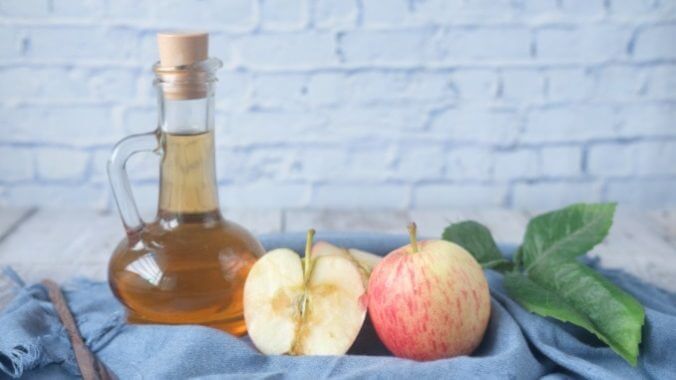Can Drinking Vinegar Upgrade Your Non-Alcoholic Drinks?
Photo by Towfiqu Barbhuiya/Unsplash
Drinking vinegar, as I’ve discovered when I’ve told people I’ve been writing an article on the subject, seems to be, for many, somewhat controversial. Vinegar is for being slathered on chips at the beach, poaching the perfect egg or, for those who feel most strongly, reserved for cleaning products only. Most people pulled a face and looked concerned that I was keen on the idea of consuming vinegar in a way that involved pouring it into a glass to drink, and I too admit I would have felt the same—until recently.
As a non-drinker, I’ve found the availability of non-alcoholic options getting increasingly better over the past few years. However, still one of my main struggles when I’m in a bar or restaurant is that a lot of non-alcoholic options featured on menus are very sweet. A non-alcoholic porn star martini might be a dream on the beach, but not so much when it’s paired with steak tartare and fries.
For someone whose main vice used to be a glass of wine, gin and tonic or an aperitif, sweet drinks have never appealed to me. So, I recently challenged my boyfriend to bring me something non-alcoholic and, crucially, bitter, back from the bar. I presumed I would be down on my luck and stuck with my usual tonic water and ice. However, he came back with something close to a miracle—it turned out to be a drinking vinegar-based non-alcoholic aperitif mixed with soda water, orange peel and ice. Bitter, smooth but definitely not sweet, its flavor has citrus and herbal undertones with a striking but balanced acidity. How had I never tried this concoction before? What was it made of? Was it even okay to drink vinegar?!
Drinking vinegar, it turns out, isn’t a new trend. Although shrubs and drinking vinegar started to spring up in parts of the U.S. in the early 2010s (well before I’d even considered drinking a non-alcoholic option in a bar), they now appear to be making a resurgence in the wellness and low- and no-alcohol spaces. However, the origins of drinking vinegar go a lot further back than recent history.
-

-

-

-

-

-

-

-

-

-

-

-

-

-

-

-

-

-

-

-

-

-

-

-

-

-

-

-

-

-

-

-

-

-

-

-

-

-

-

-








































